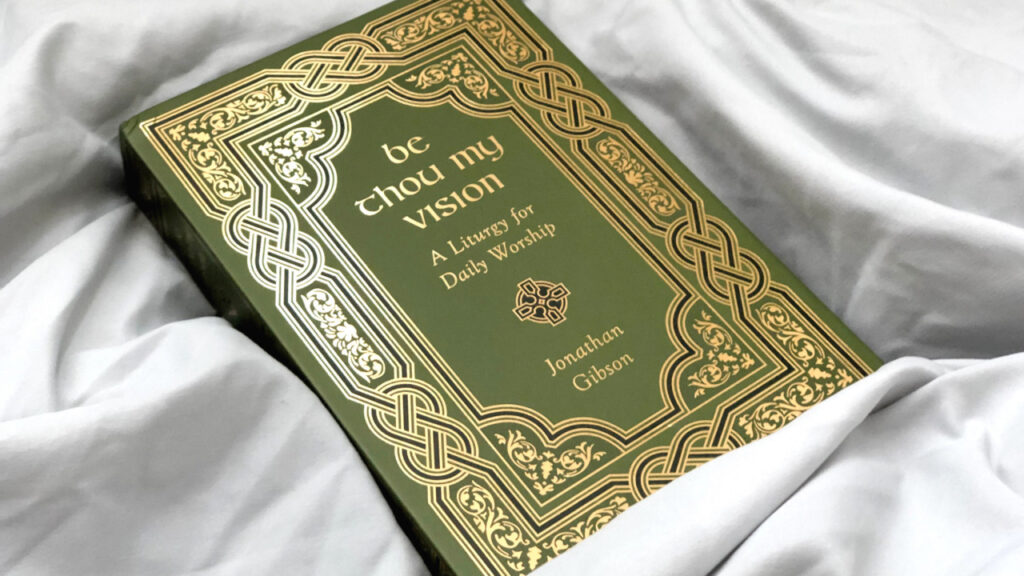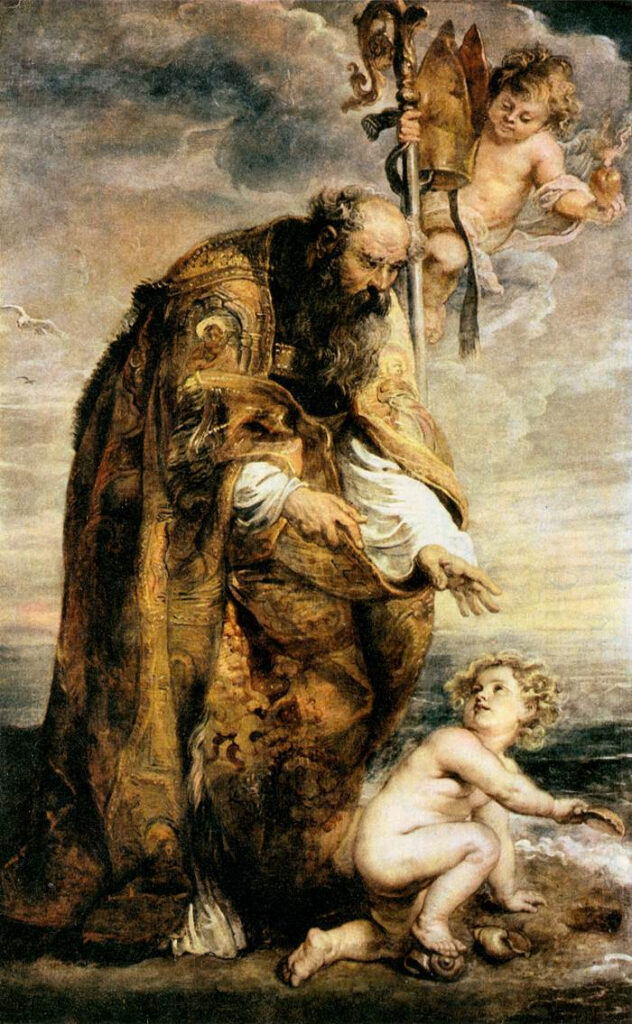The book Be Thou My Vision is a devotional compilation of materials structured in liturgical form. The book’s substance is ordered so that a believer delves into areas of pertinent interest. The book is 345 pages long and goes well beyond standard evangelical reading, including guided subject matter, the Word, and prayer. Over the last 31 days, I gave attention each morning to the material and immersed myself in the various segments of the liturgy as a renewed means of devotion.
Introduction
Contents
The point of the liturgy is to engage in the material, not as a passive reading for contemplation and understanding, but to engage in areas given to include the following:
- Worship
- Adoration
- Reading of the Law
- Confession of Sin
- Assurance of Pardon
- Recitation of Creeds
- Praise
- Catechism
- Prayer for Illumination
- Scripture Reading
- Prayer for Intercession
- Further Petition
- The Lord’s Prayer
In order, each meaning is not strictly ritualistic but complementary to what private or personal connection is made to God as a believer in Christ Jesus. It invites the participant to learn and follow as a disciple devoted to God by the Spirit. This is not ritualism. It is an ordered way of daily worship, instruction, prayer, and spiritual formation. As an instrument of sanctification, consistent immersion in devotion by this form aids in personal spiritual development directed to the glory of God. As a God-centered devotional, personal experience for comfort, satisfaction, and confidence is a secondary benefit.
Worship & Adoration
The distinction between worship and adoration is between scripture and prayer. The call to worship is a hearing of God’s summons to you through His Word. In this way, the Psalms, or scripture passages that magnify God’s glory, are followed by ready exultation of who He is and what He has done. While adoration is a heart proclamation by the prayers of saints, historical church fathers, Patristics, and Puritans, including the Book of common prayer, the devotional participant enters into prayer with them to propagate the adoration through prayers day by day.
Reading of the Law, Confession & Pardon
To acknowledge personal sin and confess it, it is necessary to be specific about it. The frame of reference is the standards, requirements, and the law of God as given in the Old and New Testaments. To recognize one’s personal sin, the reading of the law from scripture must be followed and accepted to facilitate confession and repentance. With this confession, scripture reading is followed concerning the assurance of pardon. These are words of comfort received from God.
The Creeds
The Apostles’ Creed, Athanasian Creed, and Nicene Creed are recited to confess orthodox views and proclamations of the Christian faith. The creeds from many centuries ago are read out loud to express belief in what God revealed in His Word, holy scripture. Within the book, Be Thou My Vision, the creeds are alternated and repeated to verbalize them for mental and spiritual intake each day to reinforce scripturally grounded understanding and acceptance of doctrine and orthodoxy to keep from falling into error or heresy. To read the creeds, I have assembled and posted their statements and historical formation here.
Praise & Catechism
Once this far along in the daily devotion, the believer’s attention is turned to singing or verbal utterance of praise to the Father, the Son, and the Holy Spirit. This is the Gloria Patri from the 3rd-5th century for the believer each day as affections are proclaimed with regular attendance from the heart. From earlier worship, adoration, and now praise with confession and reading in between, the spirit within is brought close to God in His presence for continued devotion. After this point, the heart and mind of the believer are directed to the catechism of the catholic and reformed faith. The Westminster Shorter Catechism (1647) is read in a sequence of questions and answers corresponding to faith and practice. In alignment with scripture and proper theological doctrines, a few questions are answered sequentially across 31 days to intake morsels of truth for overall certainty and retention. It originates from the canon of biblical truth.
Prayer for Illumination
Prayer for an enlightened heart and mind is repeated each day in a structured way. Only from the words of historical figures Godly by the testimony of their lives and historical work. These are the prayers of people. Saints and divines who lived long ago by the grace of God to encourage, instruct, and abide in Christ among fellow believers. These prayers also come from the ancient Book of common prayer, where the plea for illumination remains in continuity to prior days in a structured way. This area of prayer further supports and reinforces personal prayer to assure your thoughts and words correspond to scripture and the petitions of Godly orthodox people before modernity.
Scripture Reading
From 1835 to 1843, Robert M’Cheyne, a minister from the church of Scotland, prepared a bible reading plan that orients personal exposition through the New Testament and the Psalms twice a year and the Old Testament once yearly. While this plan includes four chapters per day, this liturgical book offers a reading from a smaller reference passage within an appendix. The M’Cheyne plan places believers within reading across New Testament and Old Testament genres to deepen and widen personal immersion within God’s Word. While this passage in the devotional corresponds to the daily time with the Lord in the M’Cheyne bible plan, you can substitute the reading plan of your choice instead.
Prayer of Intercession & Petition
To begin the prayer for personal interest and attention, this area of prayer begins with historical church fathers and prayers from a range of traditions involving Augustine, Anselm, Kempis, Chrysostom, and various others. As a prayer of intercession begins from ancient writings, the reader is invited to pray for personal needs and interests, the church, and the world. I’ve found that working from a short set of notes or a prayer list is helpful for this time within the liturgy. And if it’s not a distraction, a time of personal petition in this way set to music with incense adds to the time of intimacy. This is an ideal time to pray for your family, friends, church, and the community and widen the scope to include what’s on your heart afterward.
The Lord’s Prayer
The final area of the liturgy is the “Our Father” (the Lord’s Prayer). To be read to yourself, verbalized out loud in remembrance of how Jesus teaches us to pray. To close the liturgy speaking this prayer, not by empty utterance, but by a heart intent of love and loyalty. If you do this on your knees or bow before Him in His presence, even better.
Our Father in Heaven,
hallowed be your name;
your kingdom come;
your will be done, on earth as it is in heaven.
Give us this day our daily bread.
And forgive us our debts, as we forgive our debtors.
05/28/2023

















Comments are closed.